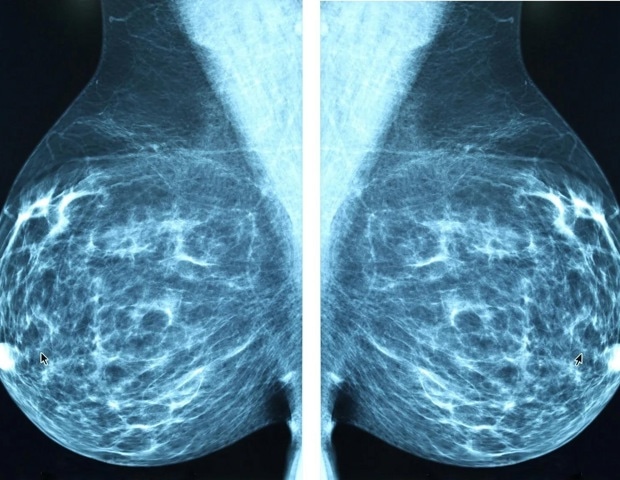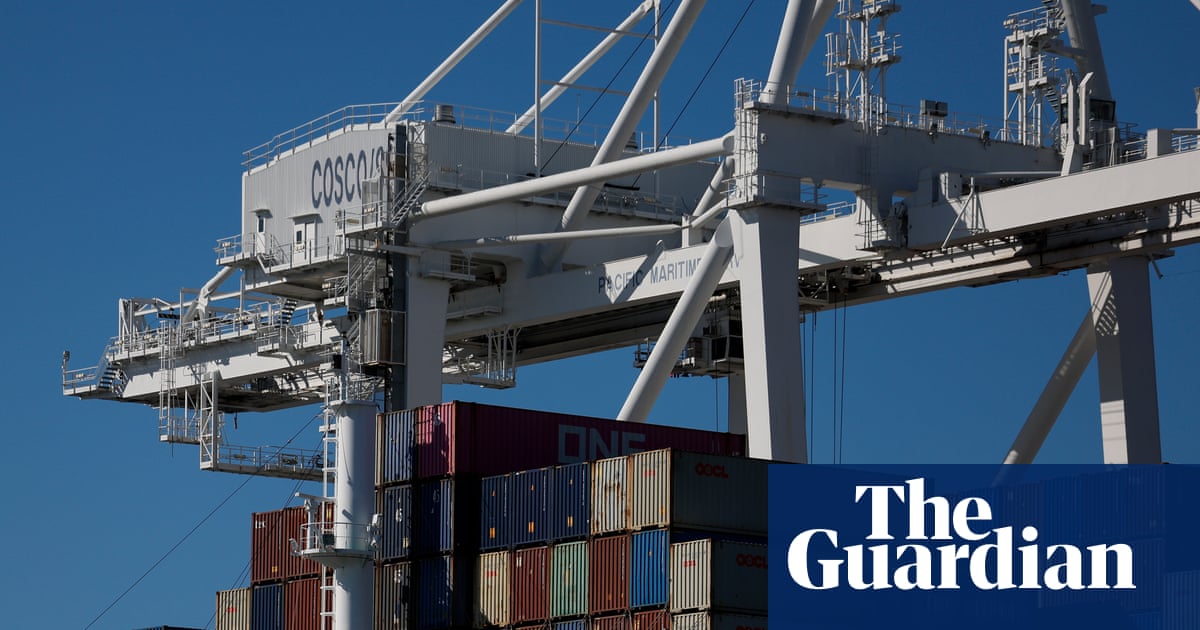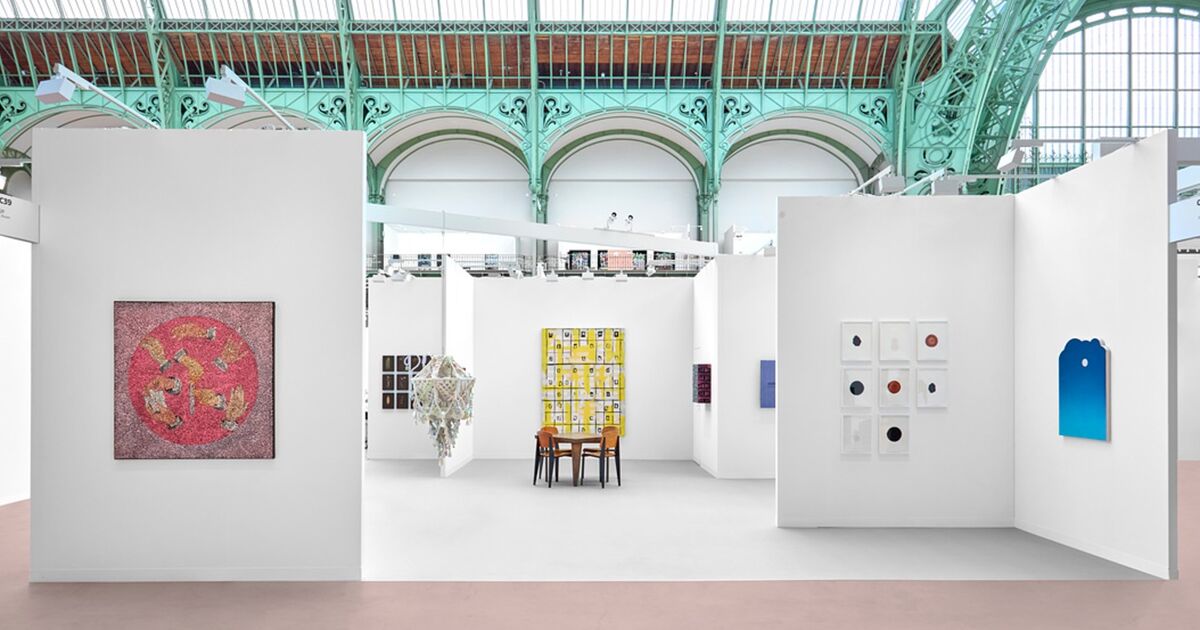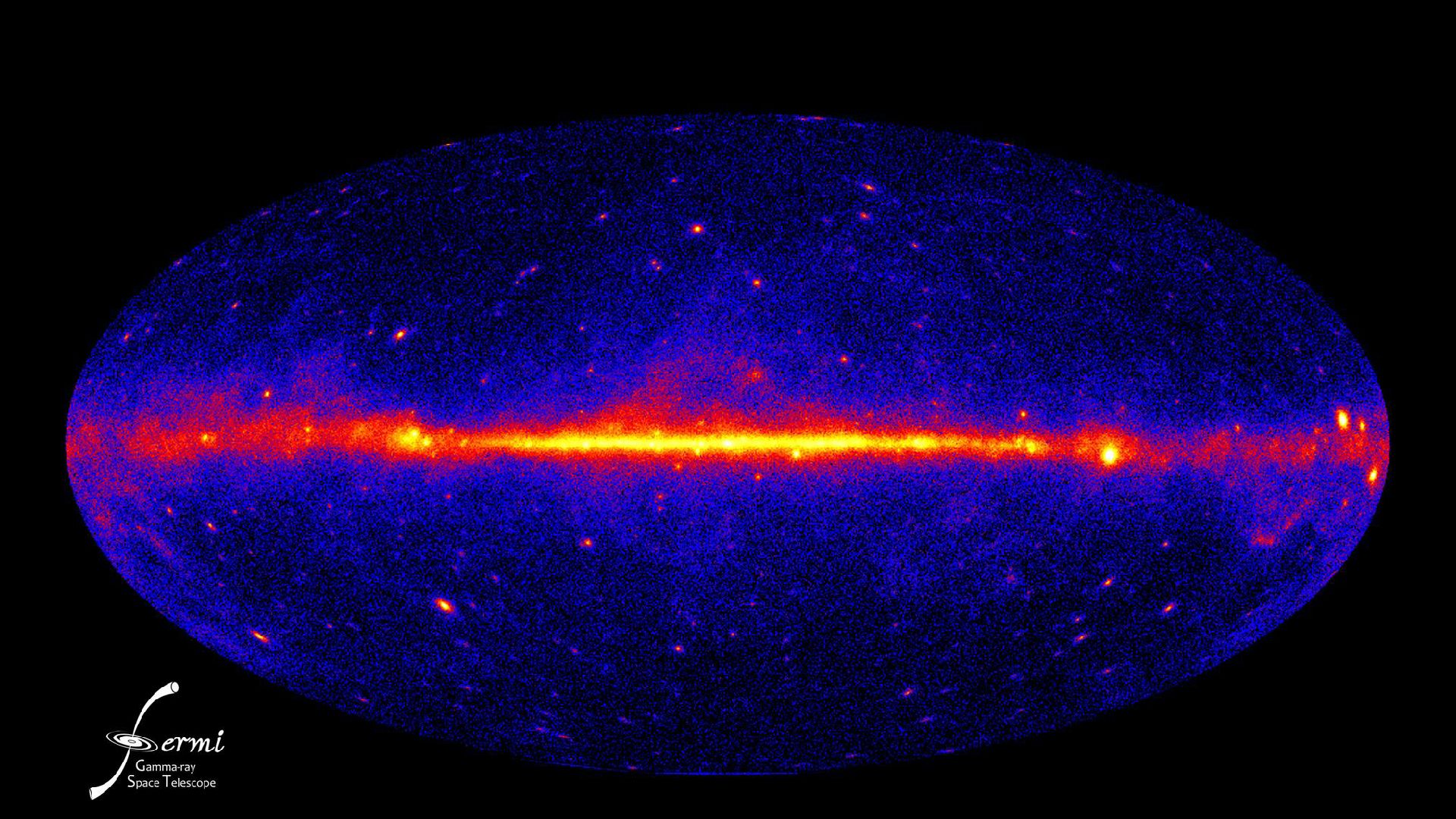Triple-negative breast cancer is one of the most aggressive cancers. The name tells the story: It lacks the three main targets that make other types of breast cancers more treatable with powerful therapies.
UCLA researchers have developed a novel therapy that could fundamentally change the treatment plan for this deadly disease. In a study published in the Journal of Hematology & Oncology, the team details how this new type of immunotherapy, called CAR-NKT cell therapy, could attack tumors from multiple fronts while dismantling their protective shields.
Patients with triple-negative breast cancer have been waiting far too long for better treatment options. To finally have a therapy that shows superior cancer-fighting ability – and to be just one step away from clinical testing – is incredibly exciting.”
Lili Yang, senior author, professor of microbiology, immunology and molecular genetics and member of the Eli and Edythe Broad Center of Regenerative Medicine and Stem Cell Research at UCLA
The therapy uses engineered immune cells called CAR-NKT cells, which can be mass-produced from donated blood stem cells and stored ready-to-use. This off-the-shelf approach offers an immediately available treatment option at a fraction of the cost of current personalized cell therapies, which can soar into the hundreds of thousands of dollars.
A triple threat against a triple-negative cancer
CAR-T cell therapies have transformed treatment for certain blood cancers by turning patients’ own immune cells into precision weapons. However, these therapies have struggled against solid tumors like breast cancer, which employ sophisticated defense mechanisms and constantly evolve to evade treatment.
To tackle these hurdles, the UCLA team’s cell therapy harnesses a rare but powerful type of immune cell called invariant natural killer T cell, or NKT cell. When equipped with a chimeric antigen receptor, or CAR, targeting mesothelin – a protein found on triple-negative breast cancer cells – these potent tumor-fighting cells gain the ability to recognize and destroy cancer through three distinct mechanisms.
The first mechanism uses the engineered CAR to target mesothelin, which is associated with more aggressive, metastatic disease. The second leverages the cells’ natural killer receptors that recognize more than 20 molecular markers, making it nearly impossible for tumors to evade all of them. The third employs the cells’ unique T cell receptor to reshape the tumor microenvironment by eliminating immunosuppressive cells.
“We’re not just targeting one molecular marker on cancer cells – we’re identifying dozens of them simultaneously,” said first author Yanruide (Charlie) Li, a postdoctoral scholar in the UCLA Broad Stem Cell Research Center Training Program. “It’s like attacking a fortress from every direction at once. The cancer simply can’t adapt fast enough to escape.”
When the research team tested the novel therapy on tumor samples from patients with late-stage metastatic breast cancer, the CAR-NKT cells successfully killed cancer cells in every single sample tested, while also eliminating the immunosuppressive cells that tumors recruit as protective escorts.
Engineering universal accessibility
Beyond its multipronged cancer-fighting capabilities, the CAR-NKT platform addresses critical barriers that have limited cell therapy access: manufacturing complexity and cost.
Current cellular immunotherapies require collecting each patient’s immune cells, shipping them to specialized laboratories for genetic modification, then returning the customized product into the patient weeks later – a process that can cost six figures and create dangerous delays for patients with aggressive cancers.
Yang’s team takes a fundamentally different approach. Because NKT cells naturally work with any immune system, they can be mass-produced from donated blood stem cells using a scalable system. A single donation could generate enough cells for thousands of treatments, reducing costs to approximately $5,000 per dose.
One product to tackle multiple cancers
The therapy’s promise extends beyond triple-negative breast cancer. Since mesothelin is also highly expressed in ovarian, pancreatic and lung cancers, the same cell product could potentially treat multiple cancer types that remain difficult to address with current immunotherapies.
“This is really a platform technology,” said Yang, who’s also a member of the UCLA Health Jonsson Comprehensive Cancer Center.
With all preclinical studies complete for both triple-negative breast cancer and ovarian cancer, the team is preparing to submit applications to the Food and Drug Administration to begin clinical trials.
“We’ve walked 99 steps to get here,” Yang said. “We’re missing just one final step to begin clinical testing and demonstrate what this promising therapy can really do for patients.”
Additional authors include: Xinyuan Shen, Yichen Zhu, Zhe Li, Ryan Hon, Yanxin Tian, Jie Huang, Annabel Zhao, Nathan Ma, Catherine Zhang, David Lin, Karine Sargsyan and Yuan Yuan.
The research was supported by the California Institute for Regenerative Medicine, the Department of Defense, the UCLA Broad Stem Cell Research Center, the Wendy Ablon Trust, the Parker Institute for Cancer Immunotherapy, UCLA’s department of microbiology, immunology and molecular genetics, the UCLA Office of the Chancellor and the UCLA Goodman-Luskin Microbiome Center.
Source:
University of California – Los Angeles
Journal reference:
Li, Y.-R., et al. (2025). Targeting triple-negative breast cancer using cord-blood CD34+ HSPC-derived mesothelin-specific CAR-NKT cells with potent antitumor activity. Journal of Hematology & Oncology. doi.org/10.1186/s13045-025-01736-9






